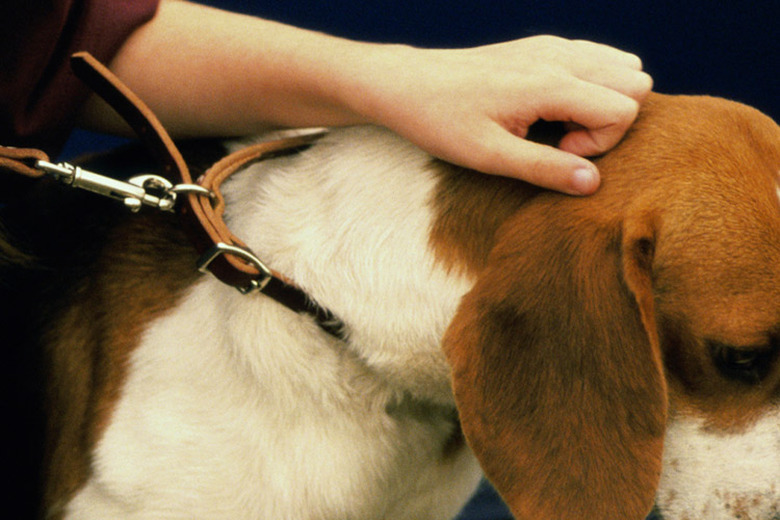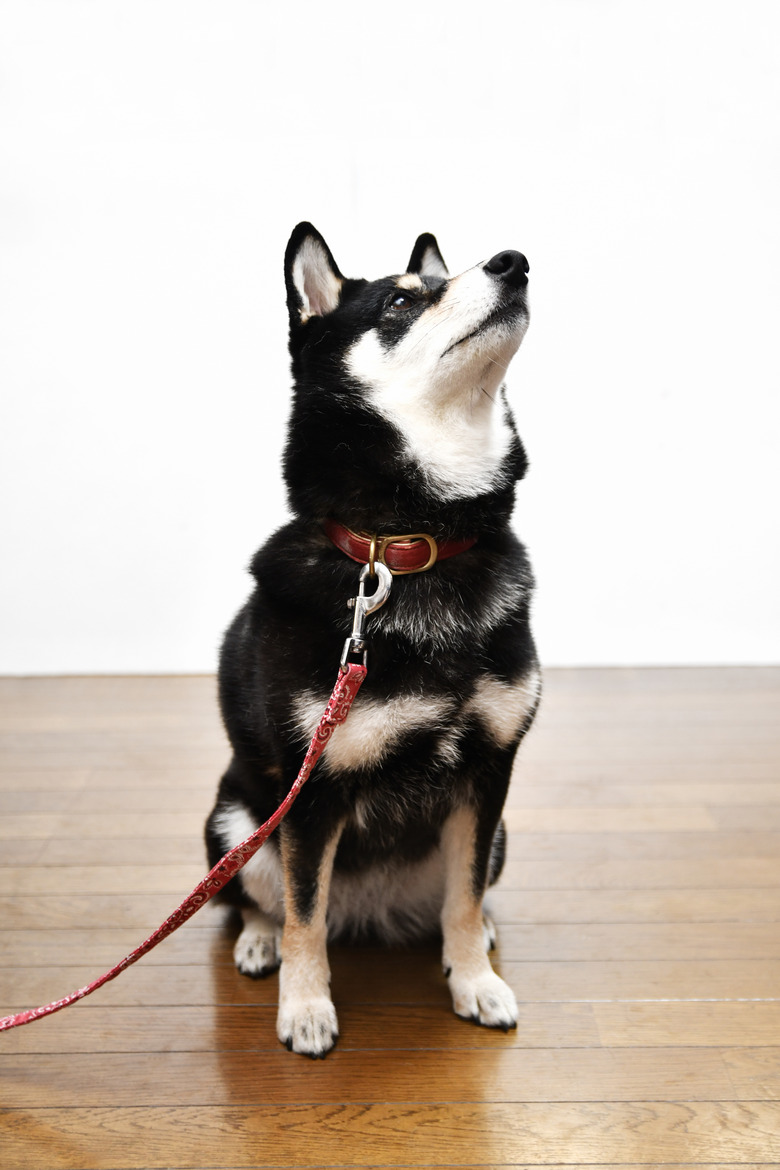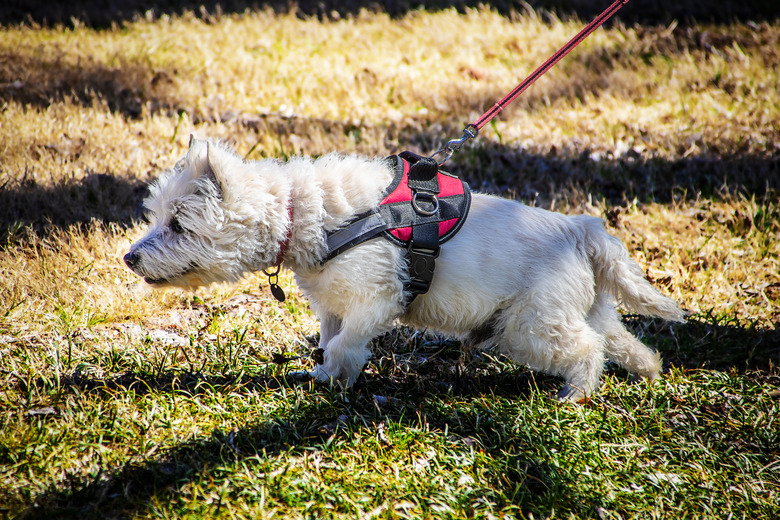Causes And Treatment For Dog Collar Burn
Dogs can develop a skin irritation known as collar burn from chafing, straining, or from malfunctioning electronic collars. Regardless of how collar burn occurs, fast treatment will protect your dog against further discomfort. Once you address the cause and treat the wound, you can take steps to prevent this injury from reoccurring.
Is my dog's collar too tight?
Is my dog's collar too tight?
How do you know if your dog's collar is too tight? You should be able to comfortably slip two fingers under the collar. A collar that is any tighter than this can cut into their neck and result in a burn-like injury and may even interfere with their eating, drinking, or breathing.
If your dog is on a chain or other tie-out, a too-tight collar will become even more uncomfortable if your dog pulls against the restraint. If you notice dog collar rash while using a tie-out, loosen the collar or buy a larger size if it cannot be loosened.
Injuries from prong collars and choke chains
Injuries from prong collars and choke chains
Prong collars and choke chains are types of aversive collars, which use physical discomfort to stop unwanted behaviors. These metal collars are designed to tighten around a dog's neck and can cause serious injuries including hair loss, open sores, chafing, and infection. Aversive collars can also cause damage to a dog's trachea, esophagus, and blood vessels in the eyes, and can even be fatal in some circumstances. Prong collar wounds can easily be avoided by choosing a safe, alternative collar for your dog.
A dog pulling at the leash
A dog pulling at the leash
If your dog pulls at the leash on walks, they could develop collar burn (or harness burn if using a body harness). Though products like a head halter or body harness can help reduce pulling, the best way to resolve this issue is through training. Using positive reinforcement techniques to teach your dog not to pull will prevent collar collar burn and make walks more enjoyable for both of you.
Causes of neck chafing in dogs
Causes of neck chafing in dogs
Moisture trapped under a dog's collar can cause chafing, which can rub the skin raw. Chafing is common in outdoor dogs or hunting dogs exposed to the elements, because moisture gets trapped under the collar. To protect against this problem, regularly remove your dog's collar, especially after swimming or baths. Allow the collar and the fur and skin to dry before putting it back on.
Dog sores from e-collar
Dog sores from e-collar
Electronic collars (or e-collars) are another type of aversive tool that are used to address unwanted behaviors by delivering an electric shock to a dog's neck. They are also used with electronic fences to keep dogs from leaving an area. Not only are e-collars an ineffective training tool, they can also cause serious injuries. An e-collar that is set too high or that malfunctions can cause burns on a dog's neck. The collars themselves are fitted tightly so that the prongs (which deliver the shock) sit close to the dog's skin, and this can result in chafing, sores, and skin infection under the collar.
E-collars should not be used as a training or containment tool. Many behaviorists and trainers have denounced the use of these, as they can seriously injure dogs and often create more behavioral problems like fear and aggression.
How to treat collar burn
How to treat collar burn
Methods for treating collar burn, rash, or chafing will depend on how severe the wound is. A minor skin irritation from a collar can usually be resolved by removing the collar, keeping the affected area clean and dry, and not putting the collar back on until the wound heals. For anything more serious than a minor irritation, it's best to take your dog to the vet so they can be assessed for infection and treated appropriately.



